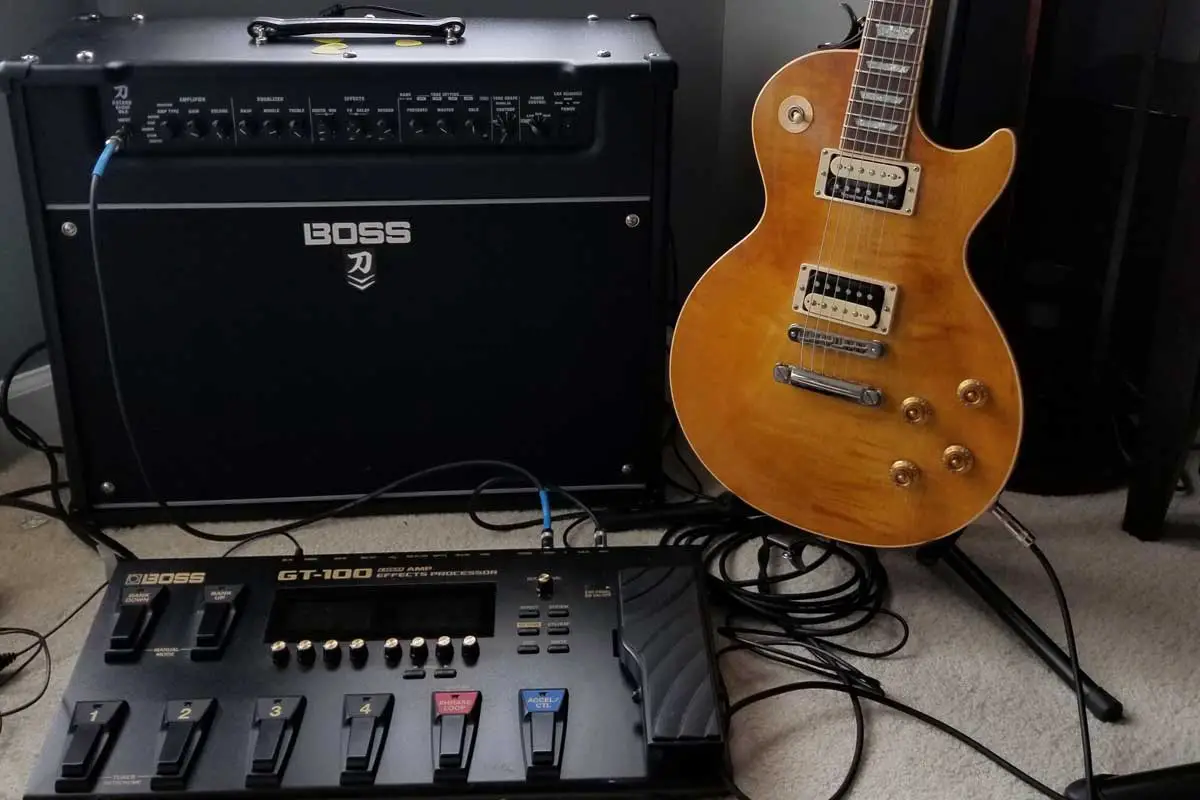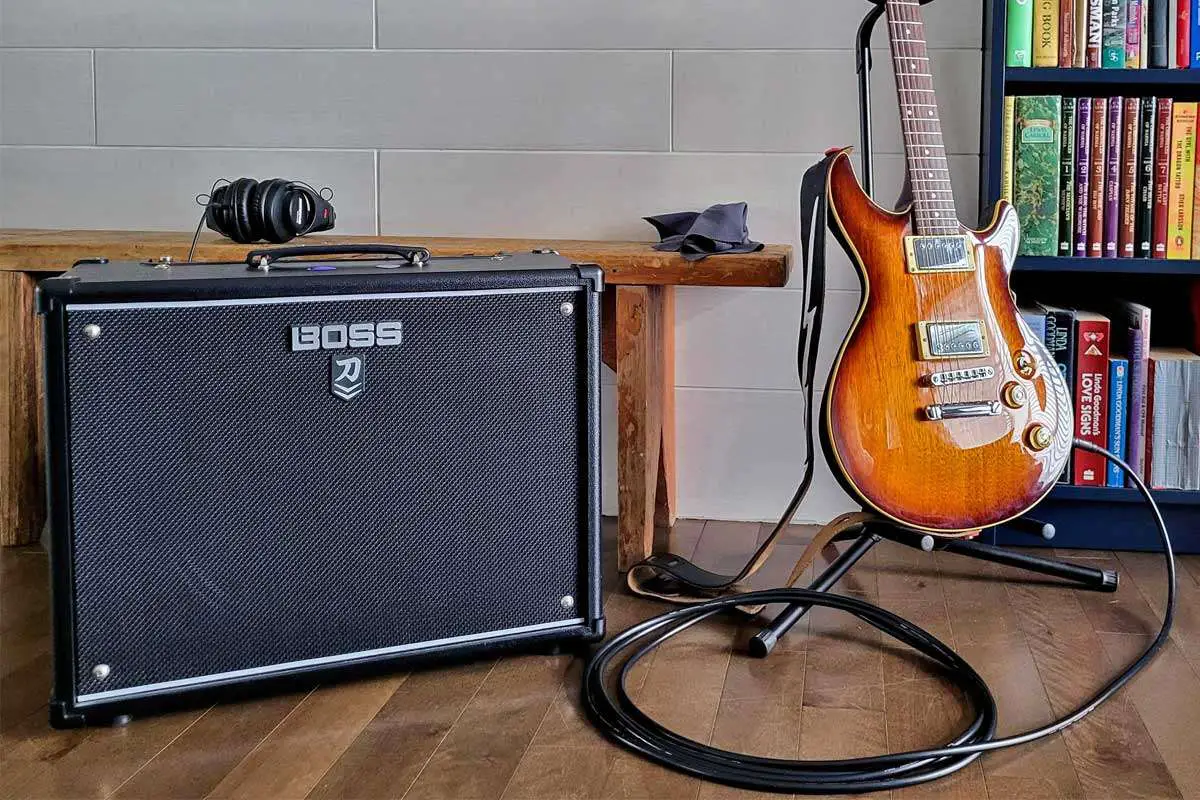When you’re exploring the world of guitar amplifiers, understanding the different classes of amp design is crucial. Class AB amps are a prevalent choice among guitar players due to their unique balance of efficiency and tone quality. What sets these amplifiers apart is their operating point, which lies between Class A, known for their rich harmonics and smooth response, and Class B, characterized by higher efficiency yet often criticized for their crossover distortion. Class AB amplifiers mitigate the downsides of both designs, providing a warm, dynamic tone with less heat output and power wastage than pure Class A amps.
In the construction of a Class AB amplifier, both devices conduct electricity simultaneously around the midpoint of the waveform, ensuring a smoother transition and avoiding the abrupt crossover distortion commonly associated with Class B amplifiers. This is particularly important when it comes to guitar amplifiers, as the nuances of a guitarist’s playing and the quality of the sound produced are essential. These amps are versatile for use in different musical genres, whether you need a clear, articulate sound for jazz or blues or a robust, overdriven tone for rock.
Moreover, the efficiency of Class AB amplifiers means they can produce higher power outputs without requiring excessively large or heavy components. This makes them a practical solution for gigging musicians who need portability without sacrificing performance. By choosing a Class AB guitar amplifier, you’re opting for a workhorse that delivers a solid sonic performance suitable for a wide range of playing styles, ensuring your music sounds its best whether you’re practicing at home or performing live on stage.

Understanding Class AB Amplifiers
Class AB amplifiers combine the simplicity of Class A designs with the efficiency of Class B, making them highly regarded for their balance in performance, especially within the realm of guitar amplification.
History and Evolution
The evolution of Class AB amps dates back to the early 20th century. It began as an improvement over Class A and Class B technologies, harnessing the audio fidelity of Class A and the power efficiency of Class B. Over the years, advancements in technology have further optimized these amps for better performance and lower crossover distortion.
Operating Principles
Your Class AB amplifier operates by having two power devices work in push-pull fashion. In essence, one device amplifies the positive half of the waveform, while the other manages the negative half. This approach reduces the power wasted in the form of heat, resulting in greater efficiency than Class A amps, but with less crossover distortion compared to Class B amps.
Comparison with Other Amplifier Classes
Class AB amps offer a middle ground between the various amplifier classes. They are more efficient than Class A amps, which conduct at all times, and exhibit less crossover distortion than Class B amps, which switch off between wave cycles. Meanwhile, Class D amps provide even higher efficiency but can lack the warmth in tone provided by Class AB designs. Solid state amps and tube amps also utilize Class AB designs due to their balanced characteristics.
Common Applications in Guitar Amps
Class AB amplifiers are prevalent in the world of guitar amplifiers. Iconic models like the Fender Twin and the Vox AC30 utilize Class AB technology, benefiting from the design’s reliable power output and warm, rich harmonics suitable for both clean and overdriven tones. Mesa engineering, among others, has implemented Class AB in tube amp designs, making them a staple in various music genres.
Design and Performance Factors
When exploring Class AB amplifiers, particularly in the context of guitar amps, it’s essential to understand the nuances of their design and how these attributes contribute to their performance.

Circuitry Details
Class AB amps represent a balance between Class A and B amplifier designs. They employ a push pull amp structure which allows for greater efficiency than Class A designs. In your Class AB amp, one transistor amplifies the positive half of the waveform, while the other takes care of the negative half. This arrangement minimizes distortion and heat generation while conserving energy. Furthermore, the cathode biased approach often used in these amps contributes to a more stable performance and a smoother transition between the two halves of the audio wave.
- Negative Feedback: By incorporating negative feedback, Class AB amplifiers maintain a consistent sound quality by cancelling out distortions and unwanted frequencies.
- Circuit Components: They include a combination of vacuum tubes and transistors. The presence of preamps is paramount in shaping the input signal before power amplification.
Sound Characteristics
Your Class AB amp is appreciated for its ability to deliver a warm sound that mirrors the sonic qualities of pure Class A amps but with less susceptibility to distortion at higher volumes. This is due to their efficient use of power which permits:
- A clearer, more articulate output
- Preservation of a guitar’s sound quality even when pushing the amp’s limits
The solid state amps within the Class AB category can also provide a bright and clean tone, which is versatile for various musical genres. However, true to their design, tube amps still present that characteristic warmth that many guitarists seek.
Related: Solid State Amps vs Tube Amps
Influence of Tubes and Transistors
In a Class AB amp, vacuum tubes and transistors play distinct roles:
- Vacuum Tubes: They are often responsible for the harmonic richness and the responsive nature of the amp. As a guitarist, you will notice that tube amps respond expressively to your playing dynamics.
- Transistors: They offer a reliable and stable performance that makes solid-state Class AB amps a practical choice for consistent sound reproduction.
In a nutshell, the integration of both tubes and transistors in Class AB amps embodies a synergy that supports varied musical demands, providing you with a reliable platform for both live performances and studio work.
